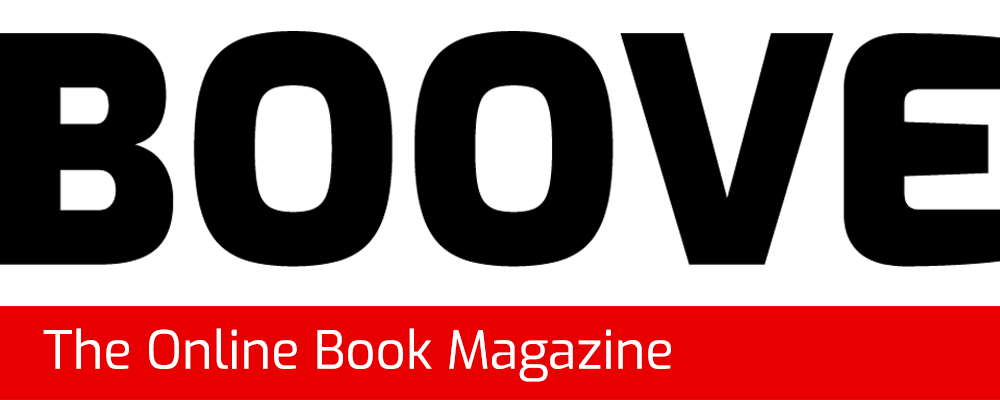Many teachers are still reluctant to switch to digital classes or even incorporate some virtual elements in their work because they think that it is more inconvenient than useful. But in reality, the days of difficult and inefficient learning software are long gone. Things have been changing rapidly over the past couple of years to deliver handy and user-friendly solutions for students and teachers alike. While there are still many learning platforms and tools that serve a single purpose, new platforms have appeared to offer multifunctionality and accessibility. Digital Samba is one of the top digital education platforms on the current market. Thanks to its diverse functionality, every teacher can use this software effectively without the need to go for additional solutions.
Tools for Digital Education Process
People often think that to teach online, it is necessary to use certain video conferencing software as a basis and add all the different programs and apps to cover the rest of the needs. Luckily, there are modern platforms for virtual education that come as a package and offer all kinds of functions you might need to make studying effortless and accessible.
Another thing to keep in mind when deciding on a virtual education platform to utilize is its security. When people use any kind of digital call software, their personal data might be exposed if the platform is not properly secure or does not comply with the legislation of certain countries. Digital Samba is GDPR-compliant and, thus, provides legit services. To offer safe services for users, E2EE encryption is in place. As for the services available, here are some of the top features used by teachers and students for digital lessons:
- Poll maker – it is possible to create various polls right during the video call and collect the results automatically. They can be used for questioning students about the things they have learned or gathering opinions on any other matter.
- Live chatting – communicating over a video call is great and very convenient as it feels like a normal conversation, although alternative means of communication are also necessary. A chat available during a digital conference is an additional channel for expressing your thoughts or asking questions. In many situations, it is not worth interrupting the lecturer so students can ask something in the chat and receive answers quickly.
- Tools for co-working – this platform allows embedding popular and useful tools such as Google Docs easily. This way, all video conference participants can collaborate on the necessary document.
- Notepad – another tool that works as a notepad and allows taking notes together with all video call users.
- White label – this software can be customized to look in accordance with the brand of your institution. If your school or university has a certain color scheme going, coat of arms, or a mascot, they can be included so the software looks branded.
- Files library – with Digital Samba, it is simple to share all types of files and documents during classes. To access them easily, there is document storage included. Users can find all the shared files there, such as text documents, PowerPoint presentations, videos, and more. This tool can be used for sharing assignments and collecting homework afterward.
- Video screen sharing – screen share is one of the most useful and efficient tools for both professors and their students. Sharing illustrative materials and playing a video on a TV in real class is simple, but with online education, people had to share all the files beforehand. With a screen share option, any participant can demonstrate their computer or mobile screen and turn on a video, flip through a presentation, highlight some text, etc.
- Recording videos in a cloud – now, there is no need to install special programs for video capturing. You can click one button to start recording your video conference with automatic uploading to the cloud storage. Recording classes is a great solution for students that can miss video streams and would like to watch the lessons later.
These are not all functions available in Digital Samba software. There are more convenient solutions to facilitate your virtual studying process.
Setting up Digital Classes
To start your virtual class, it is necessary to prepare a little bit in advance. Here is how you can arrange a video conference for your lessons:
- Set up your space – create a separate space for video conferences. Tidy up around your workspace and make sure that the background is fitting.
- Check the software – make sure you are familiar with the e-learning platform that you are using. Test the software and ensure that everything works properly. Test different features to know your possibilities.
- Come up with the plan and rules – it is important to have a plan for your lessons and at least some basic guidelines for students. For example, you can make it a rule to keep the mics turned off until it is your turn to speak so the noises do not distract all other participants.
- Listen to feedback – virtual format might be unusual for students as well, so it is nice to listen to feedback and change things up if necessary. There are tools in the software that allow for creating polls and questionnaires, which can be used for collecting thoughts about the classes.
- Schedule classes – you can set up the regular classes in the calendar for everyone to see. In addition, notifications can be set to alert students about classes that are starting soon or about changes in the schedule.
The main advantage of this platform over other services for virtual learning is that it is self-sufficient. All the activities included in the learning process can be performed within the same software thanks to its diverse features and convenience. It is not necessary to download and install other services to complement this software.



